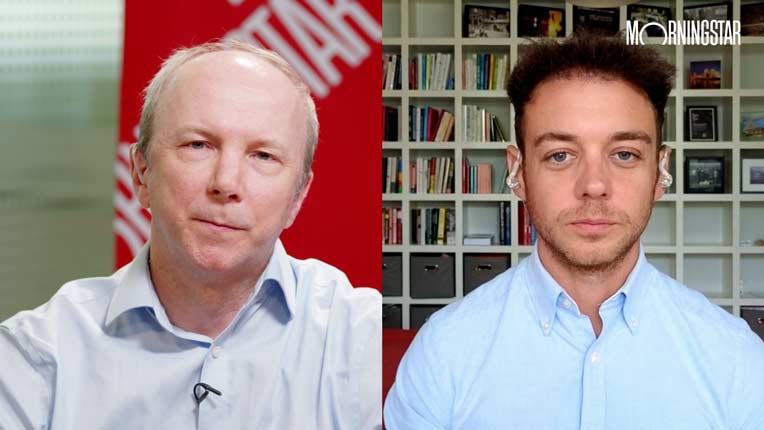Further downward revisions to GDP growth estimates for a broad range of emerging economies, particularly China, and lowered expectations for the developed world following weaker US H1 GDP growth, have resulted in another downshift in global growth forecasts. The table below shows the latest consensus estimates from a number of leading investment houses for this year and next:

The Global Economy
Principally as a result of recent downward revisions to US GDP, Q1 global growth was marked down to 2.2%. This should represent the low point for the year, not just from a global perspective, but also for the euro area (-1.1% per annum growth), the US (+1.1%) and China (+6.1%). While the euro area has yet to report Q2 GDP figures, stronger growth already reported elsewhere indicates global output accelerated to an annual pace of 3.25% in Q2.
This improving trend is expected to continue and certainly the latest global leading indicators, PMIs and national government surveys are providing more encouraging signals for the coming months. Indeed, the consensus forecast is for the world economy to grow in excess of a 3.5% per annum rate in H2.
The US, UK and European Economies
Ahead of the announcement, estimates for US Q2 GDP had shrivelled to an annual growth rate of 0.5%. The reported headline figure, at 1.7%, was far better but underlying growth remained anaemic. Upward revisions remain likely, however. Together with the downward shift in Q1 GDP, the relatively weak H1 outcome largely reflected the negative effects of public sector retrenchment and fiscal policy. Fortunately, the private sector and the Fed’s QE3 programme provided a significant offset that enabled the economy to expand, even as the US federal deficit appears set to shrink to 4% of GDP at the fiscal year end in September from 7% the year before. H1 is likely to prove the period of maximum drag from fiscal policy and, allied to improving survey and hard economic data, this should herald a progressive pick-up in US activity through the second half.
Nearly all forecasters expect the euro area to exit recession when Q2 GDP figures are reported later in August. At a 0.6% p.a. rate, the consensus estimate portends only weak growth but is a major break in trend from the prior six consecutive quarters of regional contraction. More encouragingly, commentators expect further progress through H2 but no quick return to anything more than modest growth.
In contrast, the UK economy recorded annualised growth of 2.4% in Q2. This was a little below some of the more optimistic forecasts but it was a solid, relatively broad-based advance that suggests the recovery is beginning to gain traction. The new Bank of England governor Mark Carney recently presided over his first Monetary Policy Committee meeting but an announcement on "threshold" forward guidance awaits the soon to be released August Inflation report.
Growth in Asia and the Pacific
After a very strong start to the year, the Japanese economy has boiled over with latest consumption data causing a recasting of prior 4%+ Q2 GDP forecasts. Estimates declined to 3.0-3.5% but Monday’s report revealed the Japanese economy expanded at an annual rate of just 2.6%. That said, this marked the third consecutive quarter of growth—still a strong result and testament to, at least, the initial impact of "Abenomics". There should be more to come, however, following Abe’s ruling coalition easily winning an absolute majority in the Upper House elections.
China is the country generating most angst amongst commentators and investors as growth rates continue to slip. Indeed, GDP declined again in Q2, falling to 7.5% y/y from 7.7% in Q1 as the government attempts to strike a balance between much needed long term structural reforms and short-term economic growth. With the former possibly having gained the upper hand, the Chinese Premier, Li Keqiang, recently announced that 7% is an absolute “growth floor” and initiated new measures to support the economy.
The slowdown in China continues to affect many other Asian and emerging markets countries, and forecasts continue to tumble. The latest to suffer is India, with many commentators severely chopping back GDP estimates due to the reduced likelihood of interest rates cuts because of rupee depreciation and weak momentum in both industry and services.




























